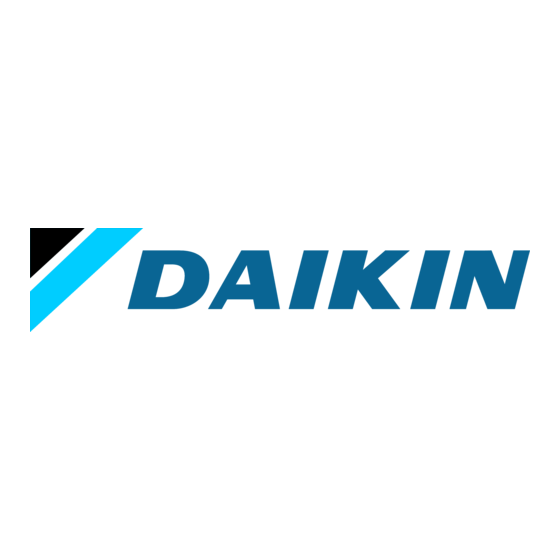Table of Contents
Advertisement
Quick Links
Water Cooled Chiller & heat pump with Scroll Compressors
EWWT100-160Q
EWLT100-160Q
EWHT100Q
Water-cooled scroll Heat pump
Original instructions
Installation, Operation and Maintenance Manual
Water-cooled scroll chiller
Condenserless scroll chiller
REV
00
Date
02/2024
Supersedes
-
D-EIMHP01702-23_00EN
Advertisement
Table of Contents















Need help?
Do you have a question about the EWWT100Q and is the answer not in the manual?
Questions and answers